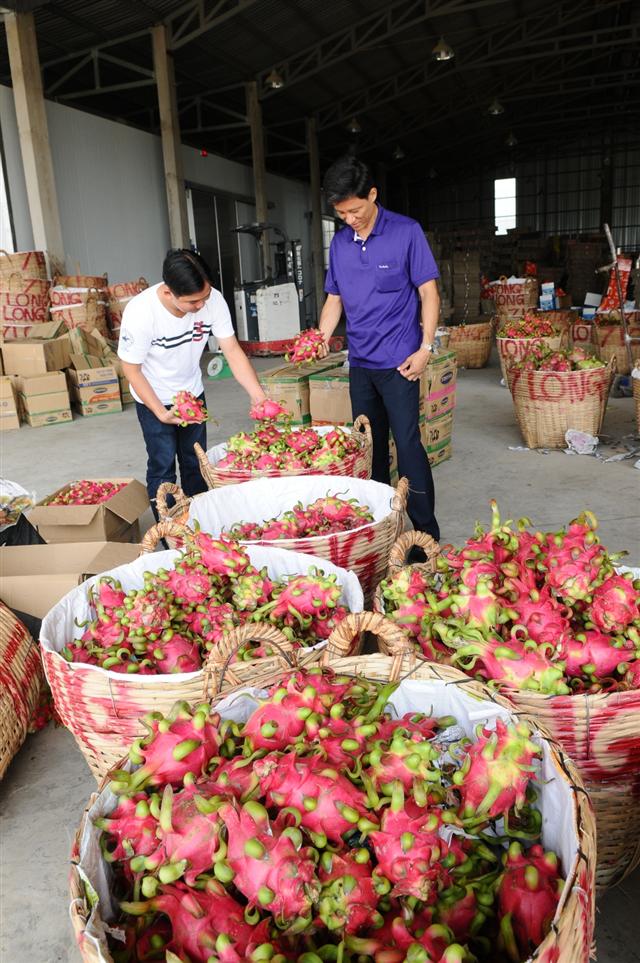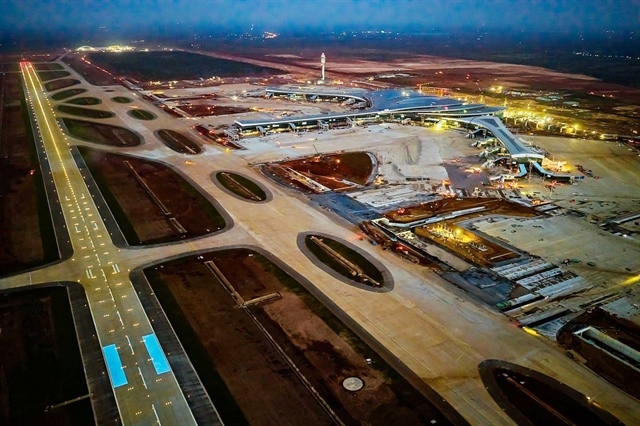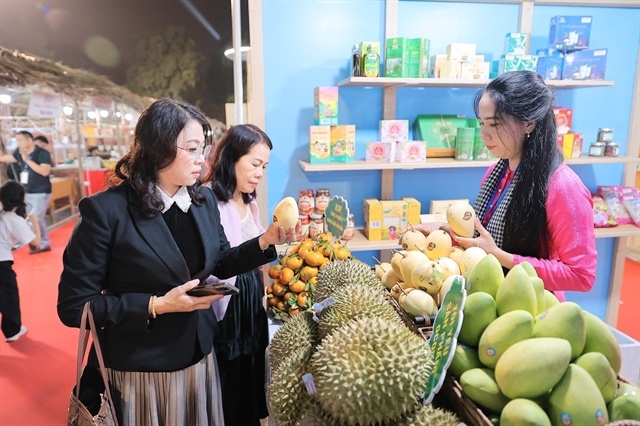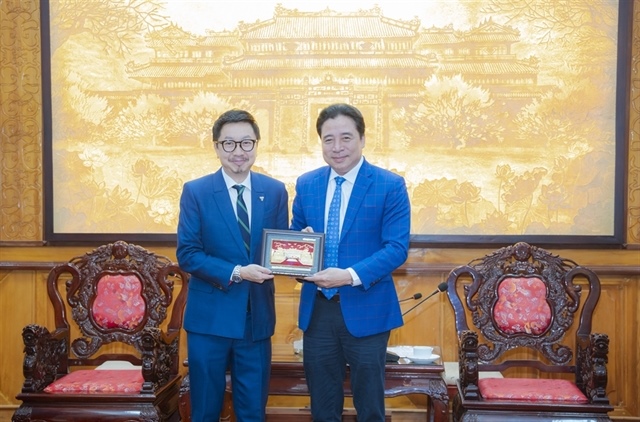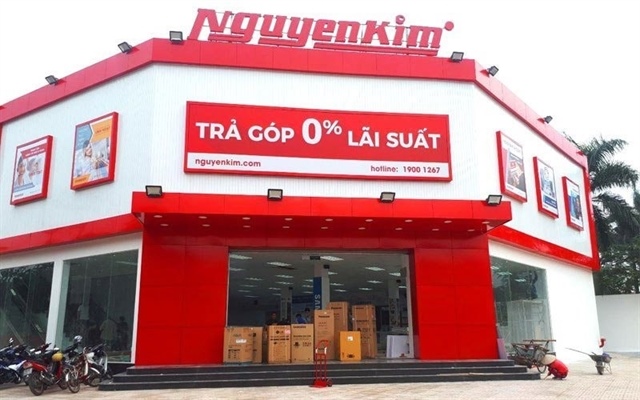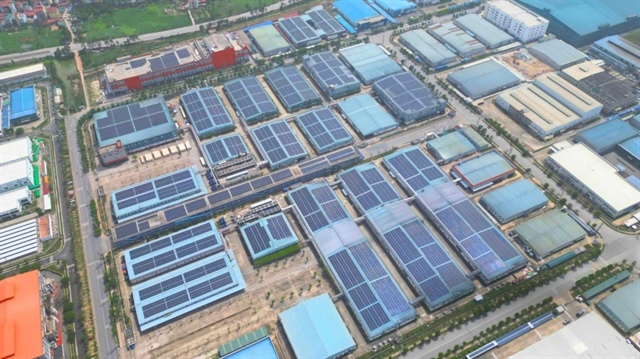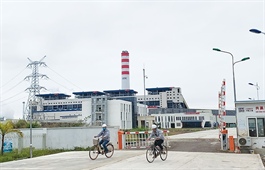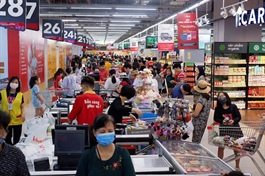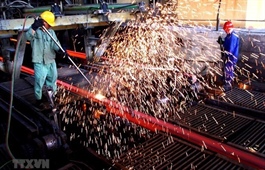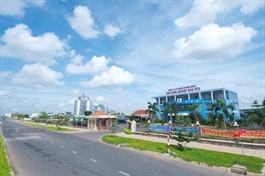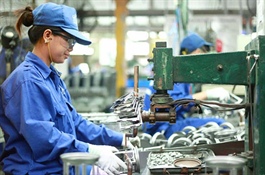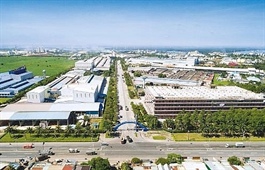New trade pact facilitates Vietnamese exports through single rulebook
New trade pact facilitates Vietnamese exports through single rulebook
The newly signed Regional Comprehensive Economic Partnership (RCEP) Agreement among 15 Asia-Pacific nations provides easier conditions for Vietnamese exporters to meet rules of origin.
|
Benefits
The free trade agreement was signed on November 15 by Australia, Brunei, Cambodia, China, Indonesia, Japan, Laos, Malaysia, Myanmar, New Zealand, the Philippines, Singapore, the Republic of Korea, Thailand, and Vietnam.
According to the Ministry of Industry and Trade, Vietnam is likely to be a major beneficiary of the agreement as most of the other members have demand for its main exports, such as agricultural products and seafood. In fact, Vietnam already has multilateral and bilateral free trade agreements with most of the RCEP members and is also a member of the ASEAN-China Free Trade Area.
Nguyen Thi Thu Trang, director of the Vietnam Chamber of Commerce and Industry’s (VCCI) WTO and International Trade Center, said that with the signing of the RCEP, domestic businesses have more options to use certificates of origin to enjoy the highest tariff incentives in their export-import activities.
One of the RCEP’s most important benefits for Vietnam over its other free trade agreements is its flexibility on the use of raw materials sourced from member countries. Specifically, the RCEP reduces complexity and compliance costs for Vietnamese exporters through a single rulebook that covers the other 14 RCEP markets. Vietnamese exporters, therefore, may find it easy to meet the required rules of origin for their products as a significant portion of production input is sourced from China and the Republic of Korea.
Investment opportunities
Pham Thiet Hoa, general director of the Saigon Agriculture Corporation, said Vietnamese firms can use input materials from any RCEP country to produce goods and export them to any RCEP nation and enjoy preferential tariffs for meeting rules of origin. Hoa also said the garment and textile sector has not taken full advantage of the Comprehensive and Progressive Agreement for Trans-Pacific Partnership (CPTPP) to increase exports because of issues related to meeting rules of origin.
The RCEP will offer further tariff reductions for some Vietnamese exports to member countries and lift many non-tariff barriers through increased commitments to transparency and harmonization of standards and facilitation of trade. With commitments to opening service, investment and public procurement markets, the trade deal will open up new opportunities to attract foreign investment not only from RCEP member countries but also from other countries seeking to enjoy opportunities associated with Vietnam’s membership in the deal.
Nguyen Lam Vien, board chairman of the Vinamit Joint Stock Company, said this is an opportunity for businesses from developed countries to invest in developing nations like Vietnam, and it enables Vietnamese consumers to buy foreign goods and services at cheaper prices.
To make the most of opportunities provided by the RCEP, businesses need to improve their competitiveness and enhance products’ added value, while receiving more support from the state.
| The RCEP members agreed to one rule of origin for all goods traded. This means that once a product is created to meet RCEP originating criteria, the rules apply in all 15 member economies. |


